For many O5 retirees, the decision of whether or not to enroll in SBP can be a difficult one. On the one hand, it is a government-sponsored program that offers some security and peace of mind. On the other hand, it can be expensive and there are better alternatives available in the private sector.
In this excerpt from our Lieutenant Colonel Retired Pay & SBP Alternative Guide, we will explore the pros and cons of SBP and discuss some of the alternatives that are available to you.
You are likely to have spent the last year concerned about your upcoming military retirement and were a little surprised to learn that your pension is worth a lot more than you realized.
As in millions of dollars worth of a future income stream, otherwise known in the financial world as an annuity. An insurance-based asset class.
You want to make sure your valuable pension is protected for your spouse and family if something happens to you, but the government survivor benefit plan is too costly, doesn’t offer much flexibility, and only pays a return on investment if just one of many possible outcomes occurs.
Those are not good odds.
And you were dismayed to learn of the high cost involved to protect your retirement pay. You did the quick math and realized you will likely need to pay close to $165,000K for the government survivor benefit plan without any guarantee of a return on that investment. And $2700 a month to your spouse if you do get hit by a bus, isn’t going to be that helpful.
Most of your colleagues that you’ve spoken to are going to go along with SBP. They pulled up their trusty spreadsheets and assumed a lot of variables to justify the need. Or they simply didn’t have time or the interest to look into it and preferred to accept the status quo of military pay and benefits that they’ve become accustomed to.
But for you… something just doesn’t feel right, does it? There is no way you would have found this white paper if it did.
Before we get into why the Military Pension Protection SystemTM is the better and more equitable approach, we need to point out that there are other mistakes that retiring lieutenant colonels make when trying to solve this problem with standard life insurance. It doesn’t work and will backfire likely at the moment you need it most.
The bottom line is this, the government is charging military families hundreds of dollars a month for a program that may not even be the best option for them. And standard life insurance advice is either too cheap, and meant to cover short-term problems, or too expensive and meant to create an estate plan you don’t need.
You will learn more about the problems with SBP, VGLI, Term & Whole Life insurance and then we will introduce the options that are now accessible to you only through US VetWealth.
I have worked closely with hundreds of military retirees for well over a decade helping them learn more about the proper value of their retirement pay. I have also found a pattern of missed opportunities that are made due to simple avoidable mistakes. We will start with a story about a Lt. Colonel who we helped make a few strategic adjustments that greatly enhanced his post-military time, talent, and treasure.
I have also found a pattern of missed opportunities that are made due to simple avoidable mistakes. We will start with a story about a Lt. Colonel who we helped make a few strategic adjustments that greatly enhanced his post-military time, talent, and treasure.
Lt. Colonel Rick Howard is a newly pinned O-5 who plans on completing his next 3-year tour to lock in the O-5 HIGH-3 retirement pay rating, then he is dropping his papers to retire at 20 years. Statistically speaking, at 40 Rick is still young, and he is in decent shape even though he’s been stuck at in staff jobs. He’s married, and he has three children ranging in age from three to eight.
He has done all the “right things” when it comes to traditional financial planning. He had term life insurance and had “invested the rest” in mutual funds and TSP. He also had several whole life policies, because of all the paid-up additions. Although these policies were no longer doing very much for him; they weren’t providing him much in terms of death benefits or cash value growth.
Although these policies were no longer doing very much for him; they weren’t providing him much in terms of death benefits or cash value growth.
Before Rick met us, because of his young family he was under the assumption he should take the SBP and VGLI, as this course had been recommended to him by multiple financial advisors he’s worked with in the past, some of who had zero knowledge of the armed forces benefits system and some who were retirees themselves.
While these “experts” only spoke about the worst-case scenario, Rick was more worried about not committing himself to pay at least $165,000 in premiums into these government plans without any potential for equity growth nor any guarantee of a paid benefit. He knows the more likely scenario is that he will be around for a long time with his family and would better use that money while living.
He came to us because he wanted a way to leverage that same $165,000 with an offensive strategy that offered income growth potential, but also helped pay for a low-cost defensive income protection plan just in case the highly unlikely premature death occurred.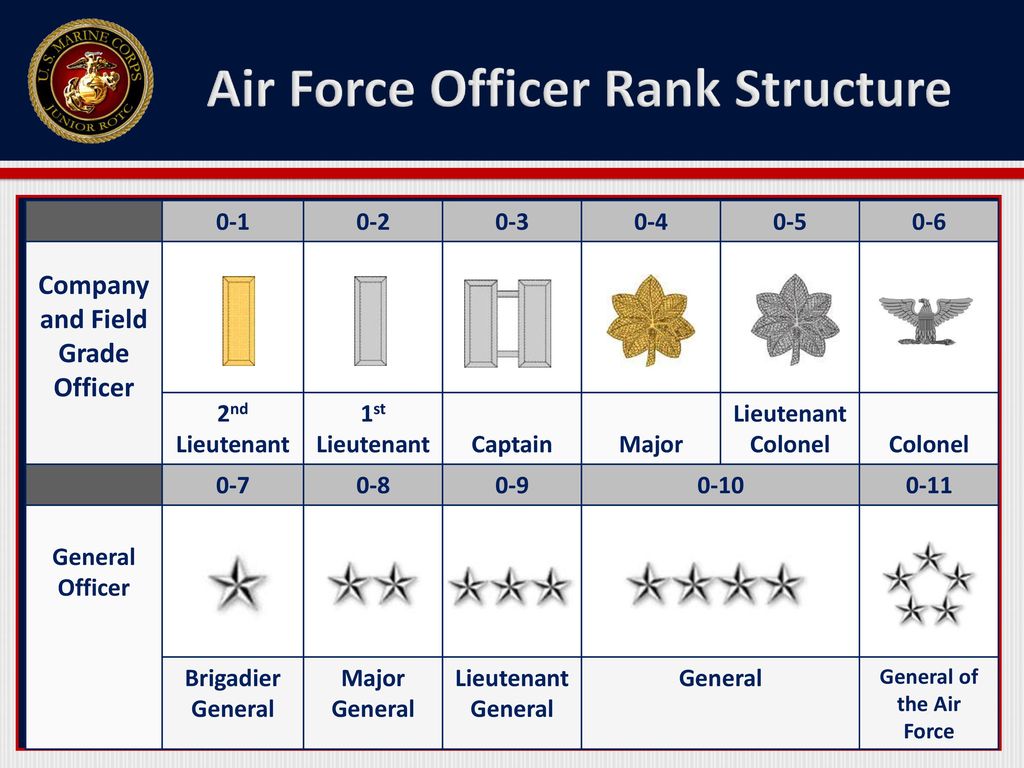
Rick wanted to have at least $2.0 million in a death benefit, which correlated to the full present value of his estimated Lt Colonel stipend.
The bulk of the death benefits ($1,500,000) we set up as a low-cost temporary foundational insurance plan with the opportunity to convert growing amounts of that money into offensive insurance as more funds become available.
We did this to keep Rick’s costs low, while he’s still young and healthy we were able to help him lock-in in a high permanent death benefit with a preferred rating that is guaranteed for his life, all while setting him up for the highest return on his investment.
For the offensive portion of designing his strategy, we used the remaining $500,000 death benefit using the Private Pension System designed exclusively at US VetWealth.
The goal with this portion of the plan is to reposition his existing cash value whole life insurance and create a window to redirect future cashflow and assets that otherwise would have remained taxable and gone to pay for the survivor benefit plan, VGLI premiums, or any other life insurance that wasn’t designed for a high probability of a return on investment.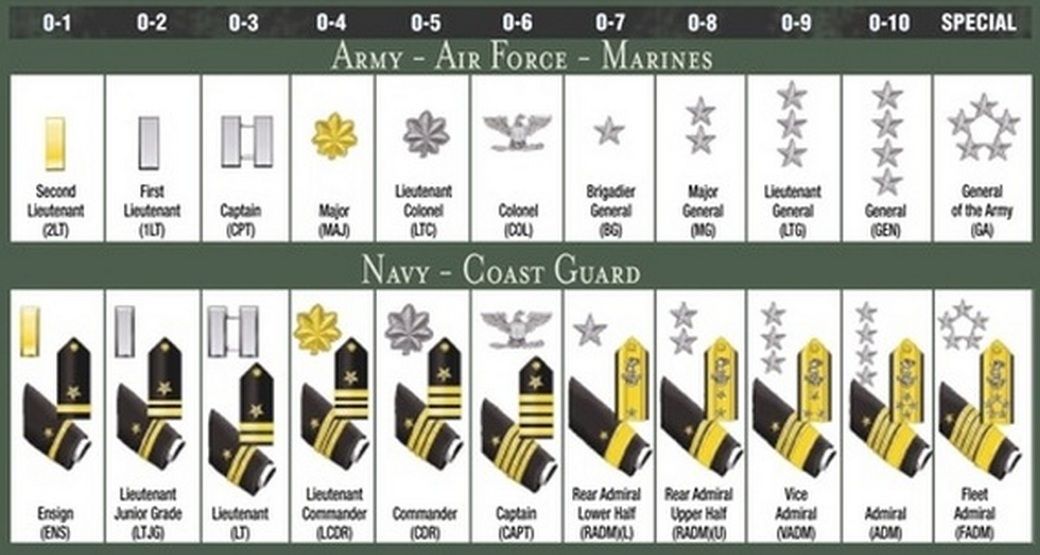
1035 exchange is a provision in the tax code that allows you, as a policyholder, to transfer funds from life insurance, endowment, or annuity to a new policy, without having to pay taxes.
Rick was able to jumpstart the index-interest credits due to the tax-free 1035 exchange provision to move $18,000 from an old whole life policy with only a $125,000 death benefit into the new $500,000 offensive plan, more than tripling his benefit immediately without requiring he put down any additional investment to start.
Rick also wanted to “pre-fund” a privatized and offensive retirement pay protection plan using the same amount he would otherwise have been required to pay into the survivor benefit plan.
By funding it sooner, he’ll have more cash equity growing for him that he can access at any time for any reason In this case Rick has decided to contribute $16,500 per year ($1375/mn) to the new private pension account over the next 10 years.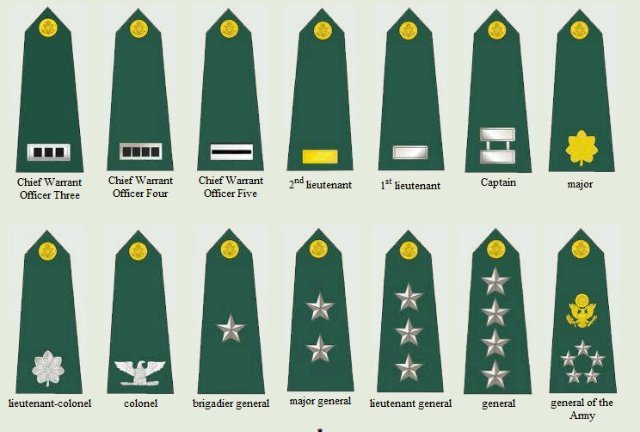 Which equals the same $165K he would have otherwise committed to paying for SBP.
Which equals the same $165K he would have otherwise committed to paying for SBP.
Rick is 40 years old, so by the time he reaches 50, he will not need to put another dime into the plan to guarantee lifetime protection while also creating an account that is worth at least the same $165,000 (more with index interest credits) that would have been sunken cost into the government SBP.
This interest earned on his private pension account is linked to the performance of the market, but his money is never at risk of loss because it is also insured by the carrier. If he gets just a 6% rate of return on the $18,000 from the 1035 whole life exchange, and from the $16,500 he invested annually, his liquid (accessible) account would already be worth $117,000 in just five years, at age 45.
By the time he’s in his early-sixties, that $183,000 ($18K from old whole life + $1375/mn for 10 years) in new contributions growing at just 6% (without risk) will provide him with a cash value of about $445,000 from which he can then take about $40,000 in an annual, tax-free private income (in addition to his retirement plan and whatever other income he might be earning) that he can access anytime he wants to.
Rick’s military pension is roughly $58,000 a year. Since the $40,000 a year from his private pension insurance policy is tax-free, it doesn’t raise his tax bracket on his retired base pay nor must he pay any taxes on his private income.
All in all, by being relatively healthy and somewhat financially stable, not rich by any definition, Rick was able to use the private pension concept to redirect $165,000 of cost to SBP without a high probability of a return on investment into creating a tax-free and liquid asset worth three times that amount. That is nearly a $600,000 swing to his favor in just 20 years.
And he’s just one O-5 out of hundreds each year who have no idea they can do this. Imagine the potential wealth being squandered away from so many retired officers’ bank accounts and sent right back to the authorities.
What Rick realized that the other’s have not is that when it comes to HIS money and benefits, he needed to stop following orders, stop relying on the standard advice for the average military, and recognize he was going to become a post-military high-income earner and focus his efforts on becoming an Independent Income Investor who is focused on increasing his time, talent & treasure.
At US VetWealth we believe that the idea that your money is YOUR MONEY is something that’s unfortunately lost on a lot of people. Uncle Sam believes that it has a claim on around 30-40% of that money or more.
Investment advisors6 and brokerage firms consider your money to be part of their assets under their management and the basis for which they charge fees to grow their own wealth.
The person that gets left behind in the traditional financial equation is the person out of whose bank account that money originates. Your money is and always should be considered to be yours to use however you like.
After 20 years of service or more as an officer, you have been excited to earn the benefits you’ve earned beyond your basic pay and additional benefits that make up your total compensation.
Thank you for reading our blog post on the high cost of SBP for lieutenant colonels, commanders, and their families. We hope that you will download our free guide to understanding your retirement options and schedule a free consultation with one of our experts to see if a private pension is a better approach for you.
By Denise Dayton Updated July 25, 2018
The rank of colonel in the U.S. Army denotes a senior commissioned officer with at least 19 years of service in the military. The colonel insignia is the silver eagle. For this reason, a colonel is sometimes referred to as a full bird colonel to distinguish from a lieutenant colonel, one rank below. Monthly base pay starts at $6,399, or $76,788 annually.
Commissioned officers in the Army hold ranks equivalent to federal pay grades, from O-1 (second lieutenant) to O-10 (general). A colonel is an 0-6, the highest ranking of officers known as field officers. The job description and responsibilities vary according to a colonel's military occupational specialty. Colonels serve as commanders at the brigade level, meaning they are in charge of groups of roughly 5,000 soldiers. They also serve as commanders and staff officers in specialized branches such as medicine, dentistry, the ministry and the law.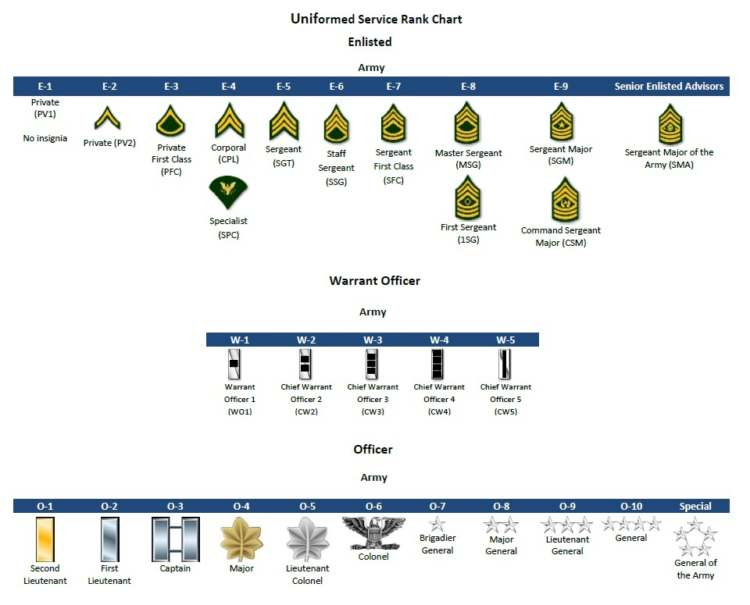
There are four paths that can lead to a commission in the U.S. Army: the U.S. Military Academy at West Point, the Army Reserves' Officer Training Corps (ROTC), Officer Candidate School (OCS) or direct appointment.
The U.S. Military Academy offers bachelor of science degree in engineering and liberal arts. Students do not pay tuition. Admission is by appointment, usually through a member of Congress in a student's home district, and extremely competitive.
Most college-trained officers in the U.S. Army have completed ROTC programs. These are currently offered at more than 300 institutions and through agreements at over 1,000 colleges and universities across the country. Students pay tuition but may compete for highly-selective scholarships that pay two, three or four years' tuition.
Officer Candidate School is a 14-week program for enlisted personnel, warrant officers and civilians. Enlisted soldiers and warrant officers must have a minimum of 90 semester hours to apply. Civilians must hold a minimum of a bachelor's degree.
Civilians must hold a minimum of a bachelor's degree.
Direct appointments are offered to individuals with credentials in certain medical, legal, technical and ministerial fields. Most officers are commissioned as second lieutenants but direct appointments may begin their military careers at higher ranks, depending on their expertise and level of education.
Army colonels work in a variety of settings, depending on their military occupational specialty. Colonels may be able to choose the geographic location in which they serve, but the needs of the military always take priority. The colonel's duties during peace time are to ensure readiness of troops in case of war.
An army colonel salary is roughly equivalent to a GS-15 on the U.S. government's General Schedule PayScale. The minimum pay for an O-6 is $6,398.70 per month, or $76,784.40 per year. Colonels are paid more for each subsequent year holding that rank which is currently capped at $11,328.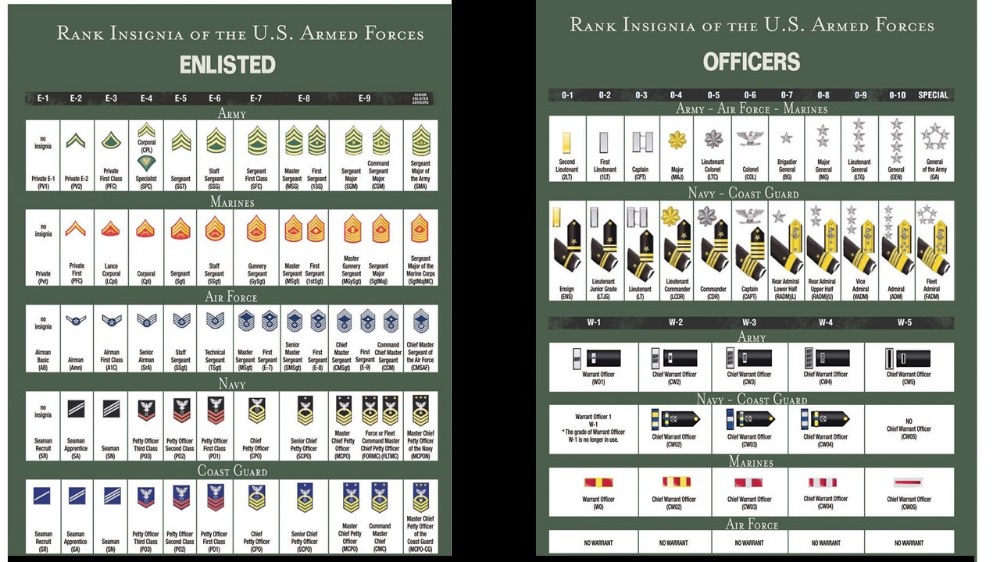 00 per month ($135.936.00 annually) for 40 years of service. Army colonels receive a basic allowance for housing (BAH), adjusted for cost of living by geographic location. Colonels may receive hazardous duty pay, drill pay or retention bonuses depending on occupational specialty and needs of the military.
00 per month ($135.936.00 annually) for 40 years of service. Army colonels receive a basic allowance for housing (BAH), adjusted for cost of living by geographic location. Colonels may receive hazardous duty pay, drill pay or retention bonuses depending on occupational specialty and needs of the military.
The U.S. Bureau of Labor Statistics only makes projections for civilian occupations. The number of officers in the Army at any time is determined by the Department of Defense. Rising to the rank of colonel is competitive. Currently, 2 percent of active duty Army personnel are colonels, although medical and dental officers are not counted as part of this number.
References
Writer Bio
Denise Dayton is a a freelance writer who specializes in business, education and technology. She has written for eHow.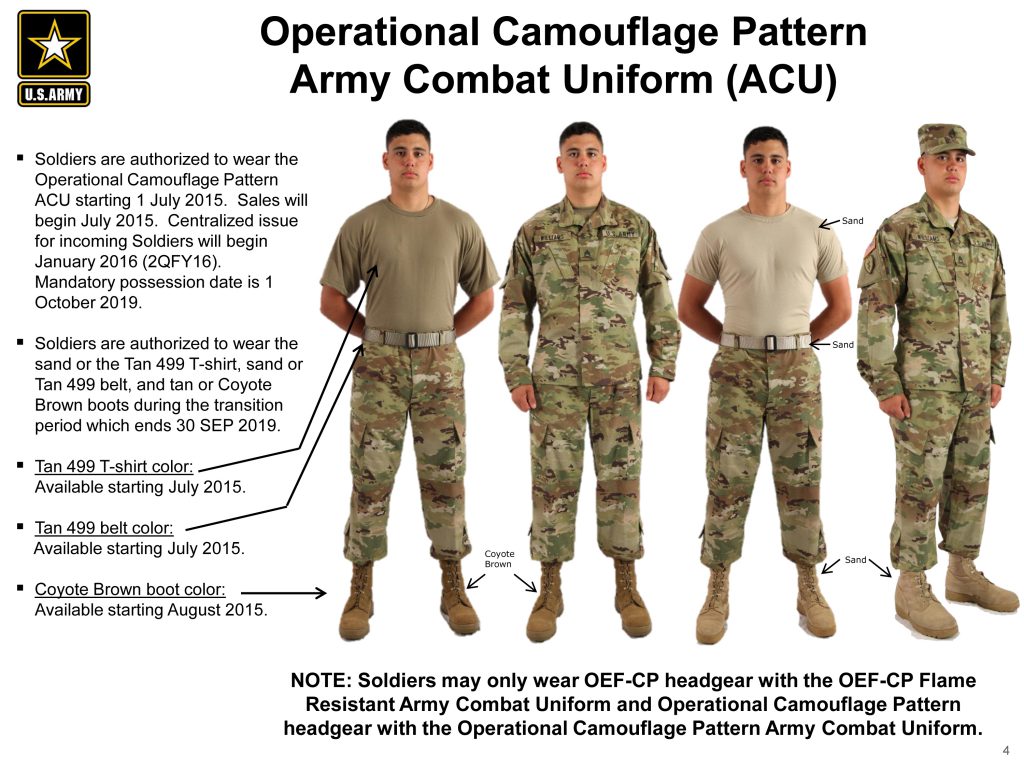 com, Library Journal, The Searcher, Bureau of Education and Research, and corporate clients.
com, Library Journal, The Searcher, Bureau of Education and Research, and corporate clients.
By admin 5 years ago
The US Department of Defense pays great attention to the provision of pensions for military personnel, regards it as the most important social guarantee for people in uniform, since this factor has a direct impact on the desire of Americans to serve in the armed forces and contributes to the retention of highly qualified specialists in them. nine0007
American military personnel receive the right to discharge and pension after 20 years of service in the armed forces. Those military who are forced to retire for medical reasons or in connection with an injury are provided with a disability or temporary disability pension. The Pentagon has several methods for calculating monthly payments to military pensioners. All of them differ from each other only in the accuracy of determining the actual term of service in the army and the reason for resigning. nine0003
The Pentagon has several methods for calculating monthly payments to military pensioners. All of them differ from each other only in the accuracy of determining the actual term of service in the army and the reason for resigning. nine0003
In accordance with federal laws, the calculation of pensions is based on the size of the basic monetary allowance (BCD) of a serviceman at the time of dismissal, without taking into account the position category and allowances due. At retirement, the length of service in the rank of major (lieutenant commander) and lower-ranking military personnel must be at least six months. For lieutenant colonels (commanders) and above, this term cannot be less than three years.
In the current year (2016 - ed.), the monthly traffic safety of soldiers and sergeants who have served for more than 20 years is in the range from 1757 to 5805 dollars. Warrant officers with the same period of service receive from 5020.50 to 7283.10 dollars. The earnings of junior, senior and senior officers in this case range from 3,740 to 14,057 dollars.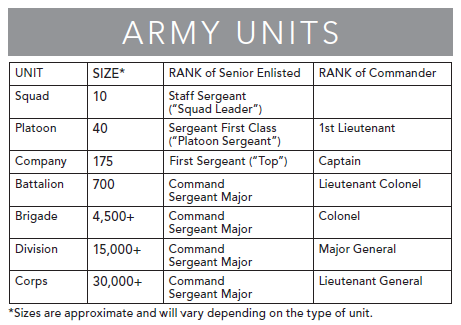
The pension of any category of military personnel, regardless of the type of aircraft and type of troops, is determined only by the size of the traffic police and length of service. For each type of pension calculation, a coefficient of 2.5% is used, by which the service life is multiplied. This determines the basic amount of the pension that each retiree should receive every month. But in general, all categories of military personnel who retire after 20 years of service receive a pension in the amount of 50% of the basic monetary allowance. With a length of service of 30 years, this figure increases by 25%. After 40 years of service, military pensioners are already entitled to receive 100% of their service salary. And if they suddenly manage to serve more than this period, theoretically they could receive 102.5% of their BDD. True, US federal law has imposed restrictions on this amount. Military pensioners receive their dividends only for a time interval that does not exceed 30 years.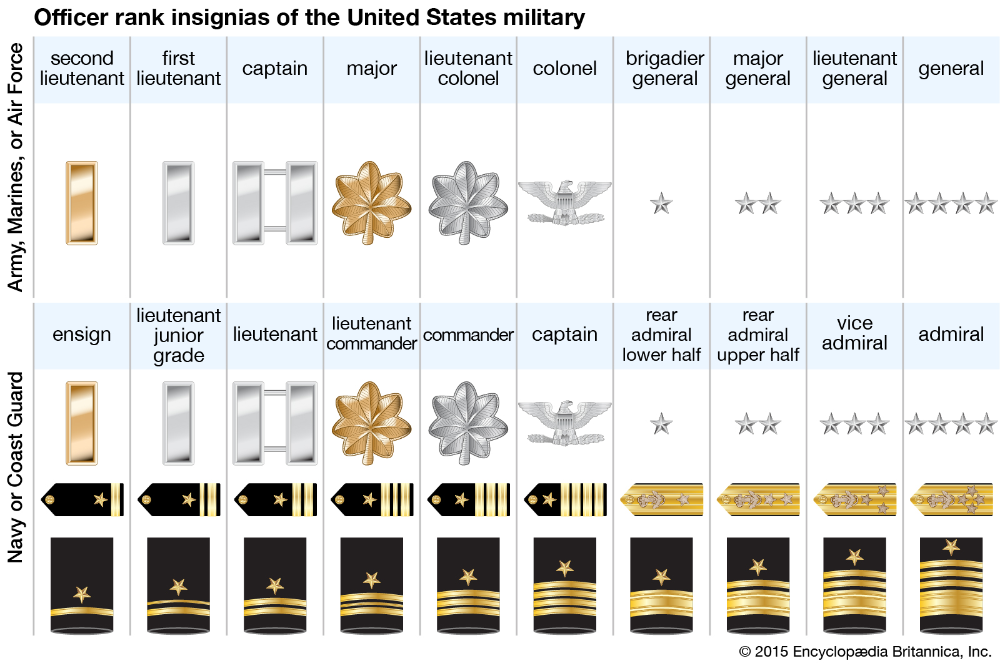 nine0003
nine0003
As already noted, there are more than 21 million veterans in the United States. In 2015, the federal and state governments as a whole spent more than $167 billion on their maintenance, of which about $76 billion was spent on pensions and various compensations, and more than $65 billion on medical care for veterans.
In addition to veterans' pensions are entitled to a range of benefits. In addition to the severance pay, they and their family members are paid travel to any city in the United States when they are transferred to the reserve or retired. A military pensioner and his family retain the right to free medical care. After being fired for two years, they can receive unemployment benefits. Military pensioners have the right to live free of charge with family members in state-owned houses. For the rest of their lives, they are given the right to purchase goods and products at a significant discount in military stores and to refuel their vehicles at military gas stations, where there is also a system of discounts, the value of which reaches 50%.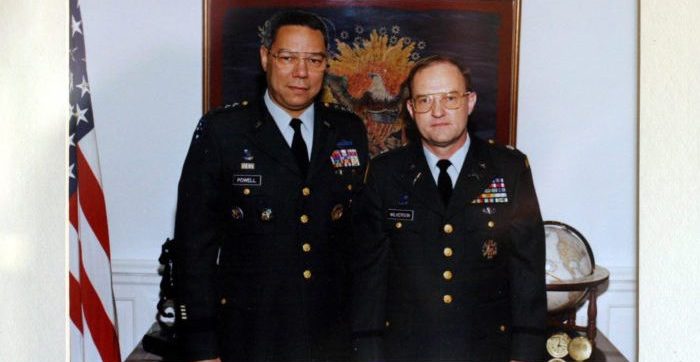 nine0003
nine0003
After retirement, America's military retirees have the right to work in the civilian sector of the economy with no limit on earnings. If there is a right to receive a pension from other departments, a former soldier can choose it at his own discretion.
Source
90,000 how much do US troops get? - Finance on vc.ruThe basic salary in the US Army depends on whether the soldier is an ordinary soldier or officer (4 higher education is required to become an officer), rank and how many years the military has served
12727 views
For example, an E-1 recruit, the level most people start at, could expect to earn a base salary of $1,650 per month (as of 2021)
Lowest level officer base salary, 0 -1, is almost $3400
The main difference between an officer and a regular soldier is higher education and officer training, which is why officers earn more
Bonuses also provide certain skills, such as earning a Boy Scout Eagle certification or earning a Girl Scout gold award may qualify an applicant to enlist as a Private First Class
All members of the armed forces may qualify for an annual living wage increase as determined by Congress
Allowances, incentives and bonuses
In addition to salary, the US military can count on:
- Allowances, non-taxable forms of compensation that cover housing, uniforms and meals public housing, they receive a basic housing allowance that covers 95% of housing costs, if they have a spouse and/or children, the housing allowance increases significantly
For food, the basic allowance in 2021 is $386. 50 US for enlisted personnel and $266.18 for officers
50 US for enlisted personnel and $266.18 for officers
- Special and Incentive Payments
Special and Incentive Payments (which are taxable) provide additional compensation for higher-risk conditions of service, such as air or submarine officer, hardship, or service in hot spots
- Warzone Service Tax Credit
Military personnel do not pay federal income tax for the entire month if they serve at least one day in a warzone. This tax exemption also applies to special payments and bonuses received while serving in a war zone, but they pay Social Security and Medicare tax 9
Vessel Crew Member
Power Distribution Specialist
Technical Engineer (12T)
Air Traffic Control Operator
Relocation Specialist
Cryptolinguist
Military Intelligence Systems Maintenance/Integrator
Psychology Specialist
- Orthopedist
- Ophthalmologist
- Cargo Specialist
- Oil and Gas Laboratory Specialist
- Skydiver
- Water Treatment Specialist
Additional Education Bonus
Qualification in a highly sought-after military specialty, up to $15,000 bonus
Contract renewal bonus
which can reach $25,000 per year, is available to military personnel with critical military skills and ranks of at least E-3
Savings Deposit Program
This is not actually a bonus, but another opportunity to earn extra money through the US Department of Defense Savings Deposit Program (SDP), but this is only for those who serve in the war zone
You can earn money under this program 10% per annum on a deposit up to $10,000, i.